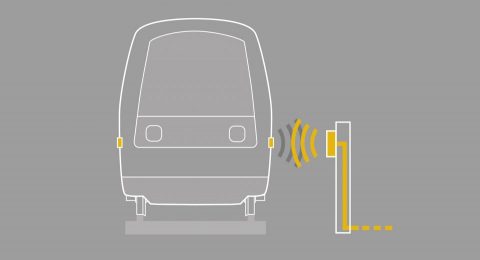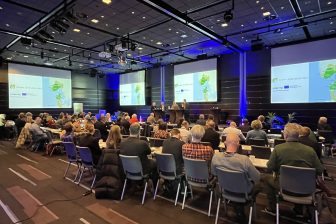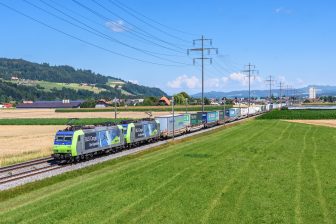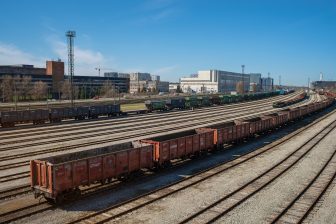
Voestalpine’s RFID delivers digital efficiency
Freight wagons will become ‘virtually intelligent’ thanks to the application of Big Data – that’s the key message from one of the industry’s leading freight logisticians. Peter Boom, of Voestalpine Signaling, says infrastructures are in place for successfully sharing data across the supply chain.
Through Voestalpine’s cutting-edge work in the field of developing wireless systems, such as the use of Radio Frequency Identification (RFID), the railway freight sector is on the cusp of undergoing tangible changes in how rail freight is being digitised for more efficiency. RFID harnesses magnetic fields to identify and localise objects fitted with transponders
Speaking at the Intelligent Rail Summit in Naples, Italy, which took place from November 22-24, he said that data had not yet been used in ways that brought the most benefits for stakeholders, but that that was changing.
Train wayside monitoring systems
“It is about ‘virtual intelligence’ – we are not making the wagons themselves intelligent, but rather we are now carrying data around the wagons and making it easier to share that information,” he added. “We are detecting the condition of the wagons using our wayside train monitoring systems (WTMS) and, by identifying the owner, using RFID we link it to the people in the supply chain who can then access the information to organise their rolling stock maintenance more efficiently.”
Peter, with 25 years’ experience in the rail logistics industry, spoke on the third and final day of the summit, when the focus was on the application and advances of ‘Big Data’ across the rail sector.
Until now, he asserted, the deployment of RFID has been far from fully realised in the freight sector, but that is starting to change. One element is the development of new Ultra High Frequency (UHF) tags, offering a much higher specifications interface.
‘Virtually intelligent’
“Better quality data can now be wagon-linked and shared more easily,” said Peter. “We are enabling freight wagons to become intelligent – virtually intelligent – without needing to actually touch them.”
Peter’s key message was that freight wagons will become ‘virtually intelligent’ by enabling identification using optical recognition and RFID, allowing data to be collected wirelessly and being available to providers and fleet owners through subscription-led online applications.





